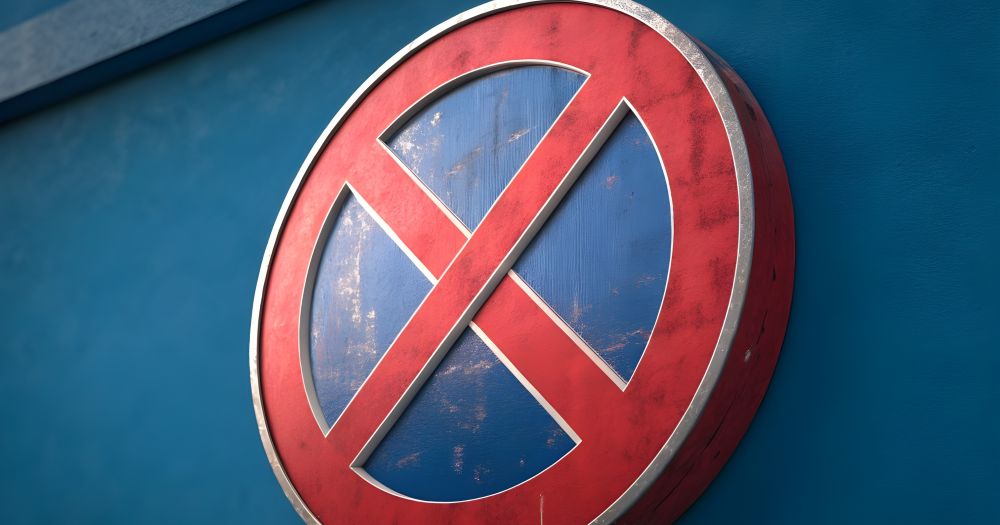Parking signs are instrumental in managing traffic and ensuring safety in various settings, including public and private parking lots.
This way, parjubg sugbs ghelo to prevent accidents, guides drivers through parking facilities, and informs everyone about the parking rules. No parking symbol or road markings, for instance, ensure compliance with local regulations and ADA standards, which aim to reduce the risk of fines or legal issues.
This guide will look closely at the types of restricted access signs and their impact on parking management. Read on for more.
No parking signs
By definition, no-parking signs restrict parking in specific areas. The reason is to maintain safety, prevent congestion, and ensure compliance with local regulations. In fact, no-parking signs are more often installed where the safety risk is lower. You can usually find them at fire stations, fire hydrants, or areas with limited visibility.
Another reason for no parking signs is physical constraints and regulatory compliance. For example, these signs are placed where it is physically impossible to park (also not legally)—narrow shoulders or areas with insufficient space. Plus, no parking signs enforce the law and regulations to ensure drivers follow the law, per the “Rules of Road.”
From a broader perspective, no-parking signs can be standard (prohibited at all times), directional (include arrows pointing left or right), or time-restricted (with times and days when parking is not permitted). In some areas, pavement markings like yellow or white diagonal stripes also signify the restriction to park.
Accessible parking signs
Accessible parking signs are usually reserved for individuals with disabilities. As per law, these signs must comply with the Americans with Disabilities Act (ADA) to provide clear identification and accessibility.
As a vivid example, all accessible parking spaces must be identified with the international symbol of accessibility (ISA), the sign should be mounted at least 60 inches above the ground and include the term “van accessible.” The spaces are generally more expansive, so there is extra space for vehicles with lifts or ramps.
Parent and child parking signs
There are parent and child parking signs for parents or guardians with small children. In most cases, these spaces are wider and located closer to the entrance of buildings like supermarkets and shopping centers. This, in a sense, provides easier access and safety for families.
While there’s no uniform design, such parking spaces are usually marked with a universal symbol of a parent with a child and colored in yellow or blue. Some signs also include text such as “Parent and Child parking.”
Motorcycle parking signs
As you might have guessed, motorcycle parking signs are designed to guide motorcyclists in the parking area, while ensuring they park safely and legally. This is especially crucial for managing traffic, reducing congestion, as well as enhancing security.
This sign usually features a motorcycle symbol on a blue background, with secure anchoring points to deter theft. Motorcycles can use regular automobile parking spaces in some cases; however, it’s better to use the designated spots. Moreover, you can find white painted or green-topped meters that indicate the areas.
Bottom line
Restricted access parking signs are crucial for maintaining order and safety in parking facilities. Clear and visible signs help prevent accidents, reduce congestion, and ensure compliance with parking regulations. At the same time, compliance with ADA standards and local regulations is key to avoiding fines and other legal penalties while ensuring accessibility.
The future of parking signage technology is evolving rapidly, driven by innovations in digital and smart technologies. Some future developments — smart signage, app-based solutions, integration of AI and IoT, and sustainability — can transform the parking experience, making it more efficient, accessible, and environmentally friendly.



